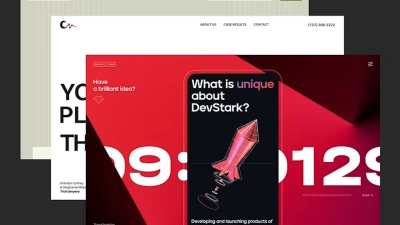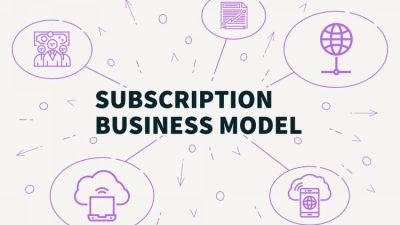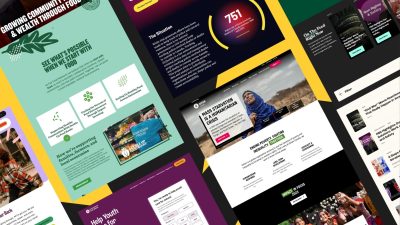Introduction
Paid advertising is one of the fastest ways to drive traffic to your website — but traffic alone doesn’t guarantee conversions. That’s where Using Landing Pages to Support Paid Ad Campaigns come in. A well-designed landing page acts as a bridge between your ad and your offer, guiding users toward a specific action with clarity and purpose.
In this blog, we’ll explore how landing pages enhance paid ad campaigns, the key elements of high-converting pages, and best practices for aligning design, messaging, and performance to maximize results.
1. What Is a Landing Page?
A landing page is a standalone web page created specifically for a marketing or advertising campaign. Unlike a homepage or service page, it’s designed with a single goal — whether that’s collecting leads, selling a product, or promoting an event.
Types of Landing Pages:
- Lead Generation Pages: Capture user information via forms
- Click-Through Pages: Warm up users before sending them to a checkout page
- Sales Pages: Persuade users to make a purchase
- Event Registration Pages: Promote webinars, workshops, or live events
2. Why Landing Pages Matter in Paid Ad Campaigns
✅ Message Match
Landing pages ensure consistency between your ad and the destination page — increasing trust and reducing bounce rates.
✅ Focused Experience
By removing distractions like navigation menus and unrelated content, landing pages keep users focused on the conversion goal.
✅ Higher Conversion Rates
Targeted messaging, optimized design, and strategic CTAs lead to better performance than sending users to a generic homepage.
✅ Better Tracking and Optimization
Landing pages allow for precise tracking of campaign performance and easier A/B testing.
3. Aligning Landing Pages with Ad Campaign Goals
🎯 Define the Objective
Before designing your landing page, clarify the goal of your ad campaign:
- Lead capture
- Product sale
- App download
- Event registration
- Demo booking
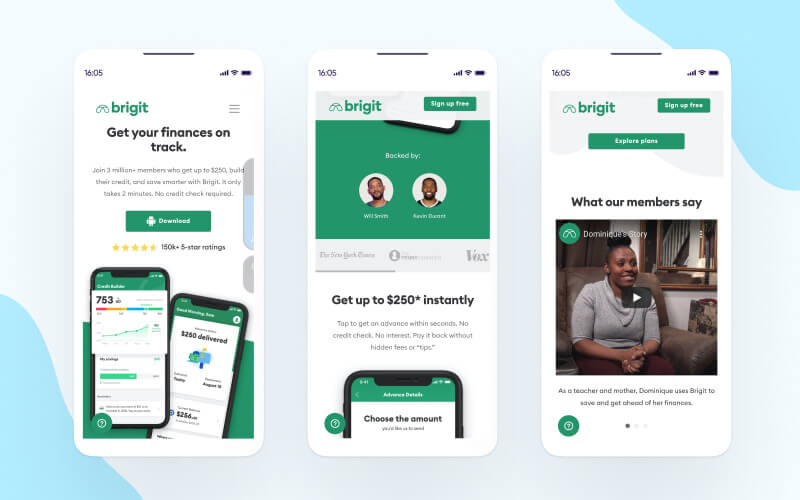
🎯 Understand the Audience
Tailor the page to the user’s intent, pain points, and stage in the buyer journey.
🎯 Match the Ad Copy
Ensure headlines, visuals, and offers on the landing page reflect the ad’s messaging.
4. Key Elements of a High-Converting Landing Page
1. Compelling Headline
Your headline should immediately communicate value and relevance.
Tips:
- Use benefit-driven language
- Align with ad copy
- Keep it short and impactful
2. Persuasive Subheadline
Support the headline with a brief explanation or value proposition.
3. Strong Visuals
Use images or videos that reinforce the offer and evoke emotion.
Tips:
- Avoid generic stock photos
- Use product shots, lifestyle imagery, or explainer videos
4. Clear Call-to-Action (CTA)
Your CTA should be prominent, action-oriented, and repeated throughout the page.
Examples:
- “Get Your Free Trial”
- “Download the Guide”
- “Book Your Spot”
5. Trust Signals
Build credibility with:
- Testimonials
- Reviews
- Trust badges
- Client logos
6. Minimal Distractions
Remove navigation menus, sidebars, and unnecessary links to keep users focused.
5. Mobile Optimization
With most ad traffic coming from mobile, responsive design is essential.
Tips:
- Use large buttons and readable fonts
- Minimize form fields
- Optimize images for fast loading
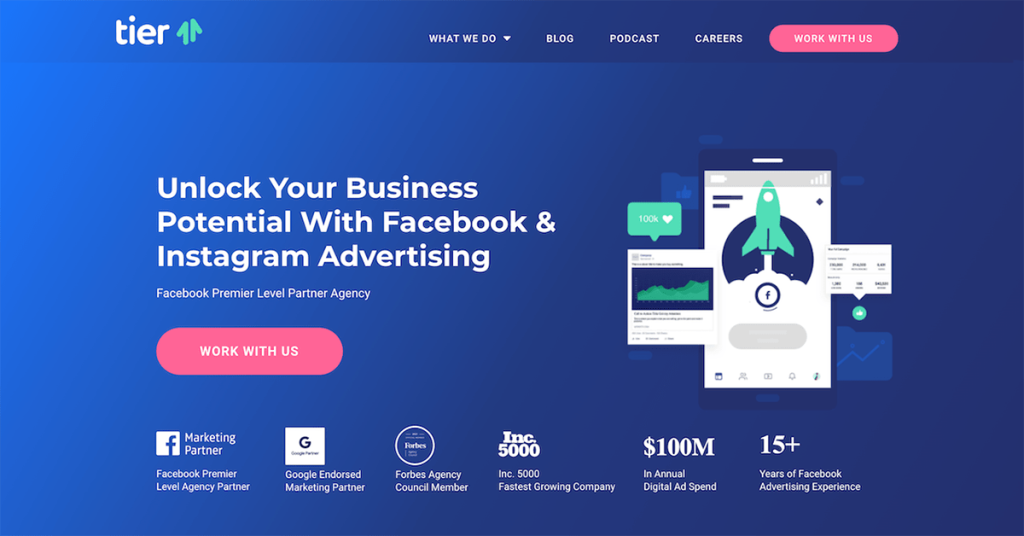
6. A/B Testing and Optimization
What to Test:
- Headlines
- CTA text and placement
- Images or videos
- Form length
- Page layout
Tools to Use:
- Google Optimize
- Optimizely
- Unbounce
- VWO
Metrics to Track:
- Conversion rate
- Bounce rate
- Time on page
- Scroll depth
7. Integrating Landing Pages with Ad Platforms
Google Ads
- Use UTM parameters for tracking
- Align keywords with landing page content
- Optimize for Quality Score
Meta Ads (Facebook/Instagram)
- Match ad creative with landing page visuals
- Use pixel tracking for retargeting
- Test different audience segments
LinkedIn Ads
- Tailor landing pages to professional audiences
- Highlight B2B value propositions
- Use lead gen forms or gated content
8. Real-World Examples of Landing Page Success
HubSpot
- Offers free templates and tools
- Minimal form fields
- Clear CTA and trust-building elements
Shopify
- “Start Free Trial” CTA
- Clean design and benefit-driven copy
- Mobile-first layout
Airbnb Experiences
- Visual storytelling
- Seamless booking flow
- Personalized recommendations

9. Common Mistakes to Avoid
- Sending ad traffic to a homepage
- Using vague or generic messaging
- Overloading the page with content
- Ignoring mobile users
- Failing to test and optimize
10. Tools for Building Landing Pages
- Unbounce: Drag-and-drop builder with A/B testing
- Instapage: Advanced personalization features
- Leadpages: Great for small businesses
- Webflow: Design flexibility for developers
- ClickFunnels: Ideal for sales funnels
Conclusion: Landing Pages Are Your Conversion Engine
Paid ads drive traffic — but landing pages convert it. By aligning your landing page with your campaign goals, audience intent, and ad messaging, you create a seamless experience that turns clicks into customers.
Whether you’re running Google Ads, Meta campaigns, or LinkedIn promotions, investing in strategic landing page design is essential for maximizing ROI and scaling your digital marketing success.

